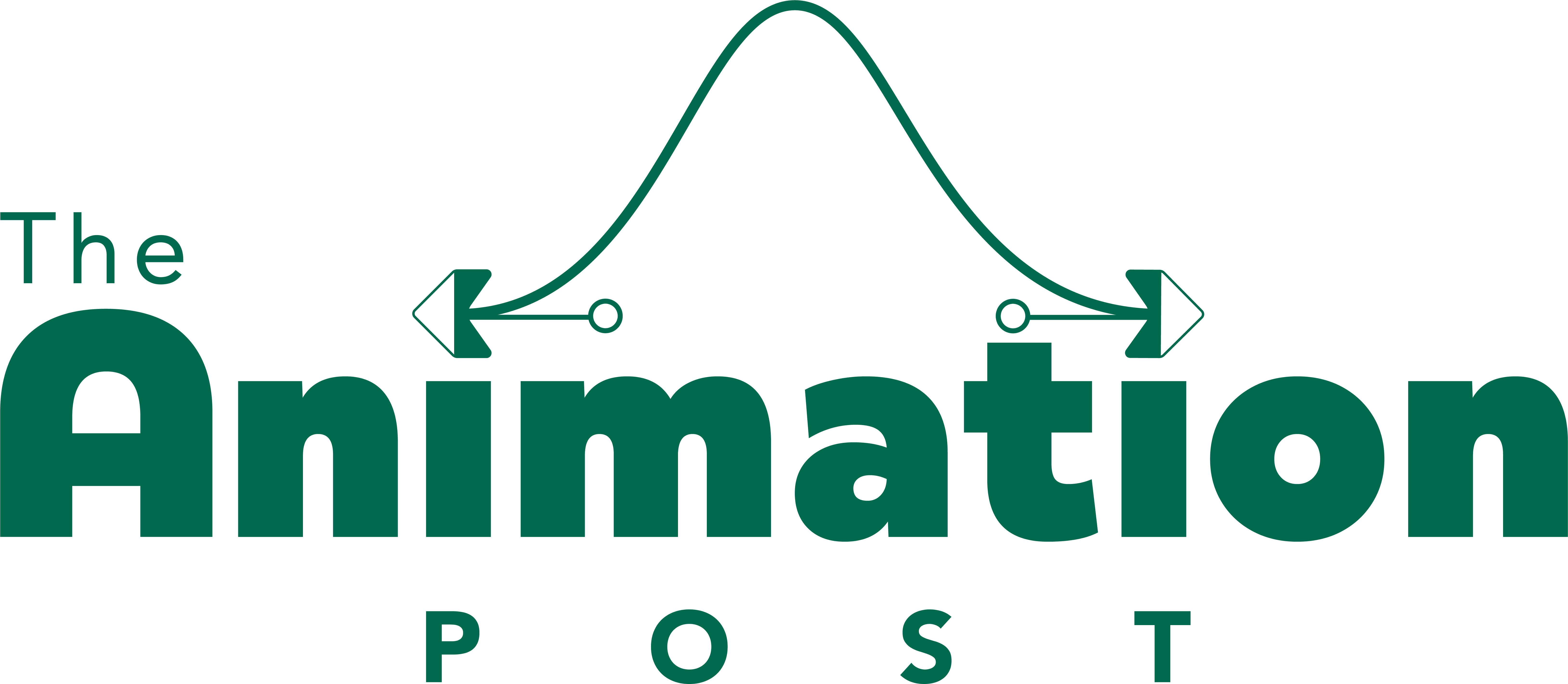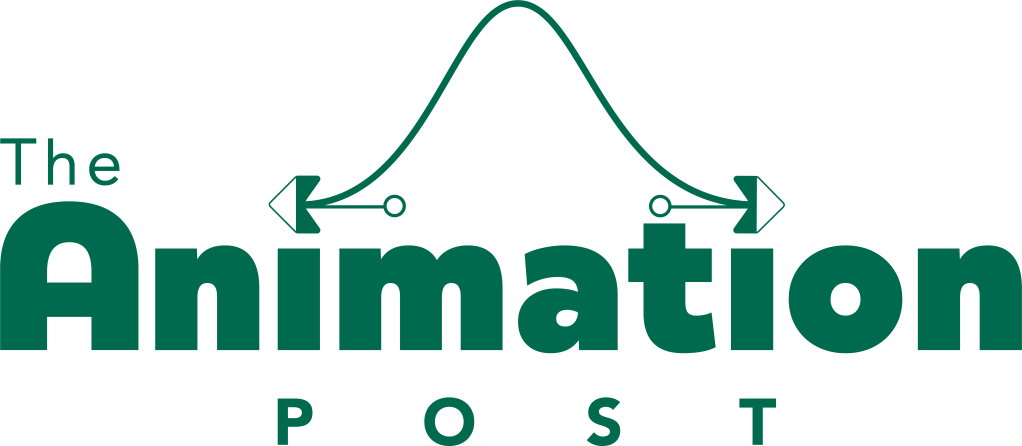Your resume is usually the first point of contact you have with a business or company. It’s your personal tool to persuade potential employers that you are a great fit for an open position. It’s important that you present yourself well to get a good first impression.
Realities of a Resume
While your resume should be of utmost importance to you, an employer may only look over it for 20 seconds maximum! They are looking for any reason to say no to you. Don’t give them the opportunity to do so. Instead, give them every reason to consider hiring you. Some reasons they might say no to you that you should avoid are:
Resume Don’ts:
- Grammatical Errors and Typos
- Irrelevant Content
- Confusing and Inconsistent Formatting
So if that’s what you’re trying to avoid, what should you actually include? Well a resume is intended to communicate all your relevant skills and paint yourself as the best suited applicant for any given job. If that’s the case, then the things you want to include in your resume are:
Resume Do’s:
- Relevant Work Experience
- Education and Certifications
- Skills and Abilities
- Achievements and Awards
- Personal Qualities
Goals of a Resume
The process of scoring a job is a complex one. It’s not as simple as asking for work and getting it. You have to convince a potential employer that you’re the best person they could choose to fill their open position. Your resume is only one part of that process. You’ll still have to interview and maybe work on a test project (though that can be controversial to some in the industry). Given that the hiring process is a multi-step thing, your resume should be focused on getting you through to the next step in the selection.

Your Resume’s main goal should be to get an interview with a potential employer.
Whatever you can’t include in your resume should come across in your interview. It ultimately comes down to what information goes where in the process of getting a job.
That’s not the whole picture though, unfortunately. There are a few more things to consider that go into the goal of scoring an interview. Those include:
- Being easy to read and process the information
- Intriguing a potential employer to want to know you more
- Being able to be interpreted by screening software
General Resume Guidelines
Here are some important things to keep in mind while writing your resume:
- Do not lie. This is a professional document and any misrepresentations will come back to bite you in the future.
- Keep it to a single page. People screening resumes are often under a time pressure, they don’t have forever to read multiple pages.
- No personal pronouns (Ex. I, Me, or My) or contractions (Ex. I’m or It’s). This is simply a professional grammatical rule that you should follow unless it’s in title of one of the pieces you’ve referenced.
- No high school information should be listed (unless experience has carried over into college and is RELEVANT). It just doesn’t look as professional to a potential employer.
- No list of references. This is not the place for that information.
Resume Content
Here’s a detailed layout of what information your resume should include:
- Identification Information:
- Things like your name, pronouns, email, phone number, website
- ONLY provide address if job/internship is located in same geographical area
- Education:
- University, location, College/School, Degree (Bachelor in…), major, minor, certificates (if relevant)
- GPA is optional, only include if above 3.0
- Dean’s List if applicable
- Relevant experiences/activities:
- Can be creative and tailored to YOU
- ORGANIZE with headers (Production Experience, Work Experience, Skills, Accomplishments, etc.), item descriptions, and bullet points
- Item descriptions should lead with WHAT you did versus WHERE it was completed (ex: Animator | “Babble Battle” | Ohio University Animation Club | Athens, OH)
- Bullet points should CLEARLY and CONCISELY describe your responsibilities in experience
- For each activity description, provide 2-3 bullet points
- MUST begin with action verb (present tense if currently involved, past tense if done in past)
- Written as sentence fragments (do NOT use periods; take out a, an, or, the) with the exception of titles
- Be SPECIFIC (use numbers, names of specific softwares, etc.)
- Additional content:
- This can be anything else you deem important and add to your marketability
- Ex: Skills, achievements, honors/awards, relevant courses, professional affiliations, additional training, study abroad, interests/hobbies, volunteer work, military, etc.
- action verbs
Exploring Resume Samples
Like most things, a great first step to starting a resume is looking at examples and gathering inspiration for what you do and don’t like.
Some positions such as artists, animators, graphic designers, etc. can have the freedom to be more creative with their resumes, however it is recommended to have both a professional resume and a more creative one on hand if you want to go the more illustrative route.
Resume Templates to Start With
You don’t have to do this all from scratch. Resumes have been around for a long time and there are many resources out there to help you get started. Here are some of them:




Leave a comment